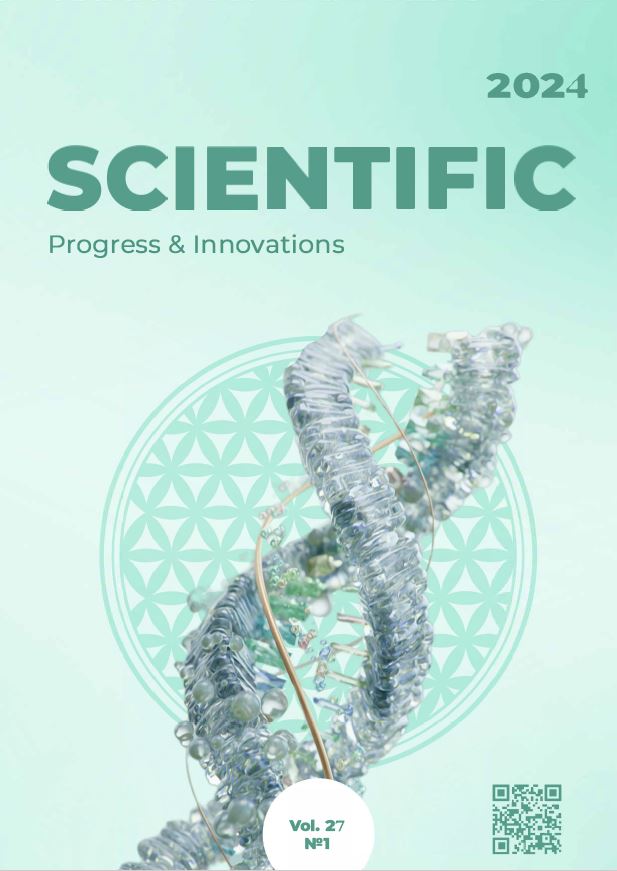Efficiency of modern methods of coproovoscopy for nematodirosis in cattle
DOI:
https://doi.org/10.31210/spi2024.27.01.28Keywords:
parasitology, cattle, coproovoscopy methods, laboratory diagnostics, efficiencyAbstract
Timely laboratory diagnosis of nematodoess of the gastrointestinal tract of animals allows timely prevention of the spread of infestation and the development of necessary and effective preventive measures, which is one of the important reserves for increasing the profitability of animal husbandry. An accurate diagnosis can be established under the conditions of identifying the causative agents of invasive diseases. When establishing a diagnosis of nematodirosis, lifelong studies, namely coproovoscopic ones, based on the detection of nematode eggs by their flotation, are decisive. The aim of the research was to establish the effectiveness of modern coproovoscopic methods for nematodirosis in cattle. Four flotation methods were tested under experimental conditions, namely: Kotelnykov-Khrenov’s (using an ammonium nitrate solution), Mallory’s (using a sugar solution), Dakhno’s (using bischofite) and Melnychuk’s (using a calcium nitrate solution) under exposures of 10, 15 and 20 minutes. The conducted studies established a high diagnostic efficiency for nematodirosis of cattle of the modern method according to Melnychuk, where the average number of nematode eggs detected in 1 g of feces was 51.8 specimens after exposure for 20 minutes. (with fluctuations from 36 to 76 eggs/g). This method, with exposure of 20 minutes, turned out to be more effective than the Dakhno method – by 13.9 % (infestation intensity – 44.6 eggs/g for fluctuations from 28 to 64 eggs/g), than the Mallory method – by 17.8 % (infestation intensity – 42.6 eggs/g for fluctuations from 20 to 72 eggs/g), by the Kotelnikov-Khrenov method – by 33.9 % (infestation intensity – 34.2 eggs/g for fluctuations from 20 to 48 eggs/g). It was found that the diagnostic efficiency of the methods under different exposures in the diagnosis of nematodirosis of cattle was according to Kotelnikov-Khrenov – 90–100 %, according to Mallory – 65–100 %, according to Dakhno – 95–100 %, according to Melnychuk – 100 %. The results of the conducted research proved the feasibility of using the Melnychuk method for effective diagnosis of nematodirosis in cattle, where a saturated solution of calcium nitrate is used as a flotation liquid, and the exposure time of copro samples is 15–20 min.

 Creative Commons Attribution 4.0 International Licens
Creative Commons Attribution 4.0 International Licens